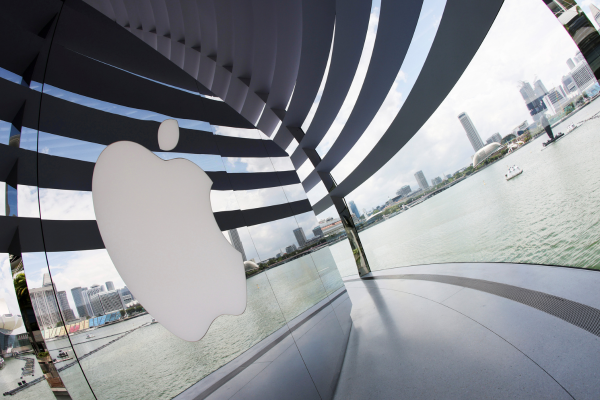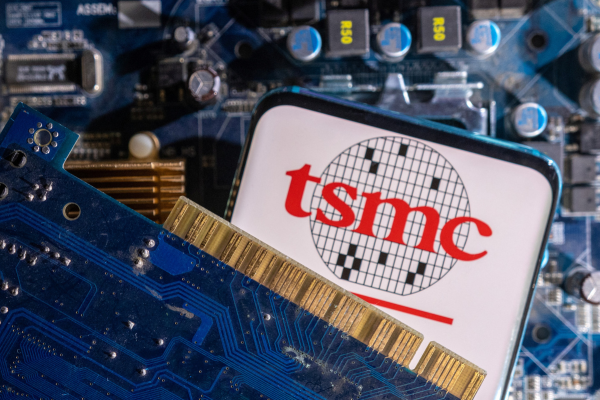Shaping the future world of work
Sponsored by Twilio
The pandemic has changed the once-familiar world of work. More of us are working from home. Zoom calls have replaced meetings. Work is no longer a physical location, and its new role as a verb rather than a noun means that businesses have wider talent pools and employees can choose the company not the commute.
One area of business that is changing particularly fast is communication between businesses and consumers. A survey of business decision makers by customer engagement platform Twilio shows that almost all organisations are seeking new ways of engaging with their customers.
Digital communication is at the heart of excellence in customer engagement. Businesses have known this for some time. But the pandemic has broken down the inhibitors to innovation: 79 per cent of Twilio’s respondents say that Covid-19 has increased the budget for digital transformation.
One area that’s enabled by technology is “omnichannel” communication. Today’s consumers have many different communication channels: video, messaging, telephone or chat for example. But omnichannel communication allows businesses to use the same data about a customer and deliver a high-quality experience, however consumers get in touch.
Essentially, technology allows better communication between businesses and their customers. This generates increased engagement and creates loyalty. The pandemic has been a major factor here. Results from Twilio’s survey of business decision makers shows that Covid-19 has accelerated companies’ digital communications strategy by an average of six years.
The opportunities provided by technology include enhanced contact-centre experiences. Customers can choose which channel to use – video for some, chat or voice for others. IVR options can be changed based on the availability of human operators. AI-powered tools can identify how best to communicate with individuals. Some may prefer to interact with a machine – people making an insurance claim, for instance. Others would be better assisted by a (well briefed) human than by a chatbot – people with a complaint, perhaps, or people showing rising emotion.
Transforming an existing contact centre to take advantage of these opportunities is challenging: legacy systems are often difficult to adapt. Starting again from scratch sounds daunting. But it isn’t necessarily. Products such as Twilio’s Flex use cloud computing and modular software to enable the very rapid building of customised contact centres.
Flex is highly developer-centric. Because of its modular, cloud-based approach, it enables transformation to take place in days – just eight in the case of insurance company BGL, a leading digital distributor of insurance and household financial services, which includes in its portfolio brands such as Budget Insurance and Beagle Street, as well as price comparison site comparethemarket.com.
This ability to change the architecture of contact centres rapidly has been vitally important during the pandemic. Many have been forced to change from an on-premises model to a remote one. Cloud technology has enabled this, giving remote contact centre workers instant access to customer information and providing a range of communication channels, from video to SMS, for customer engagement.
The pandemic brought with it rapidly evolving business requirements which will continue to change as society moves beyond the disruption caused by Covid-19. Beyond the contact centre, organisations across a range of sectors, such as retail, education and healthcare, have accelerated their digital transformation as a way of continuing to operate while physical proximity has been limited. The convenience of this will continue to drive behaviours as we transition to a post-vaccine world. There is no doubt that digital engagement is here to stay.
The ability to change rapidly is a critical source of competitive advantage. With Twilio, it’s possible to build a wide range of channels into customer communications, with high levels of speed, flexibility and customisation. With this level of software agility, the only limit to reaching new levels of customer experience is the creativity of the organisation itself.
Twilio’s Covid-19 digital engagement report is available at twil.io/digitalacceleration twil.io/futureofwork

Business Reporter Team
Most Viewed
23-29 Hendon Lane, London, N3 1RT
23-29 Hendon Lane, London, N3 1RT
020 8349 4363
© 2024, Lyonsdown Limited. Business Reporter® is a registered trademark of Lyonsdown Ltd. VAT registration number: 830519543
Join the Business Reporter community today and get access to all our newsletters, and our full library of talk show episodes
Join the Business Reporter community today and get access to all our newsletters, and our full library of talk show episodes





